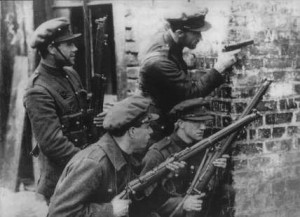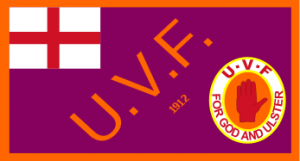For generations, Northern Ireland has been marred by a continuous conflict that now finally appears to be subsiding. The largely sectarian conflict, rooted in history and escalated by modern paramilitary organizations, has left a significant legacy behind. This legacy is imprinted on the lives of the people of Northern Ireland who suffered through the conflict, on the British soldiers who patrolled the streets of Belfast and Derry, and on the multiple British governments that attempted to confront the Northern Irish question. In addition, the conflict has inspired a significant media legacy. The Irish War of Independence and subsequent civil war occurred alongside the emergence of the popular film industry, and the two experienced intimate links throughout the next century. The ubiquitous Irish Republican Army, the soldiers and terrorists that have represented the various armed republican movements since the War of Independence, has appeared in numerous films since it emerged after the Rising in 1916. Through the years, the IRA has been employed by filmmakers with divergent agendas and with unequal success.

The popularity of the conflict in not only British and Irish film, but also American television and film, can perhaps be traced to the basic facts of the conflict. In Northern Ireland, the combatants are white, Christian, and English speaking. They have not emerged out of tribal structures from the jungles of equatorial Africa, nor were they embroiled in radical Muslim terrorism. In truth, the IRA are the ideal underdog force for wartime dramas and the perfect subjects of depoliticized action films. They are recognized, at least superficially, by nearly everyone in the English speaking world, and they operate in a murky middle ground: not quite understood as outright terrorist villains, though not the traditional Fenian heroes they self-identify with either. And filmmakers took advantage. Across the spectrum of the remarkably diverse portrayals of the IRA are found elements of traditional American crime films, the structures of Spaghetti Westerns a la Sergio Leone, and even some sincere attempts to capture the landscape of Northern Ireland in turmoil. Notable as well, though, is that for the most part it has been the IRA, rather than the various Protestant paramilitary organizations like the Ulster Volunteer Force (UVF), that have become the face of The Troubles in film.

There has also been a tendency in film to categorize the IRA simply as heroes, villains or victims. While such clean-cut categorizations are helpful in simplifying the films and maintaining popular appeal, they certainly do little to maintain historical accuracy and capture the specific circumstances of the Northern Irish problem.
[Home]

